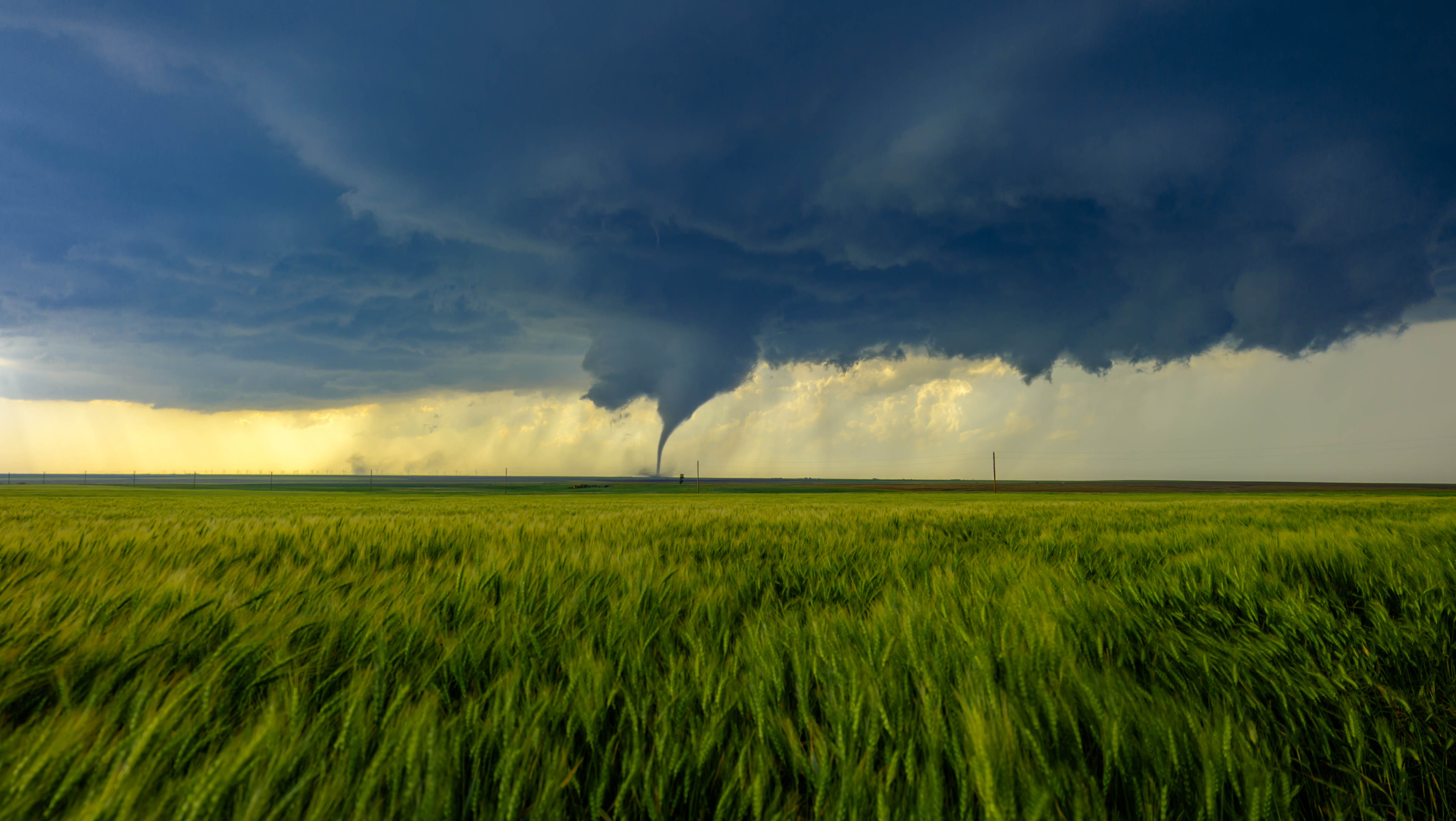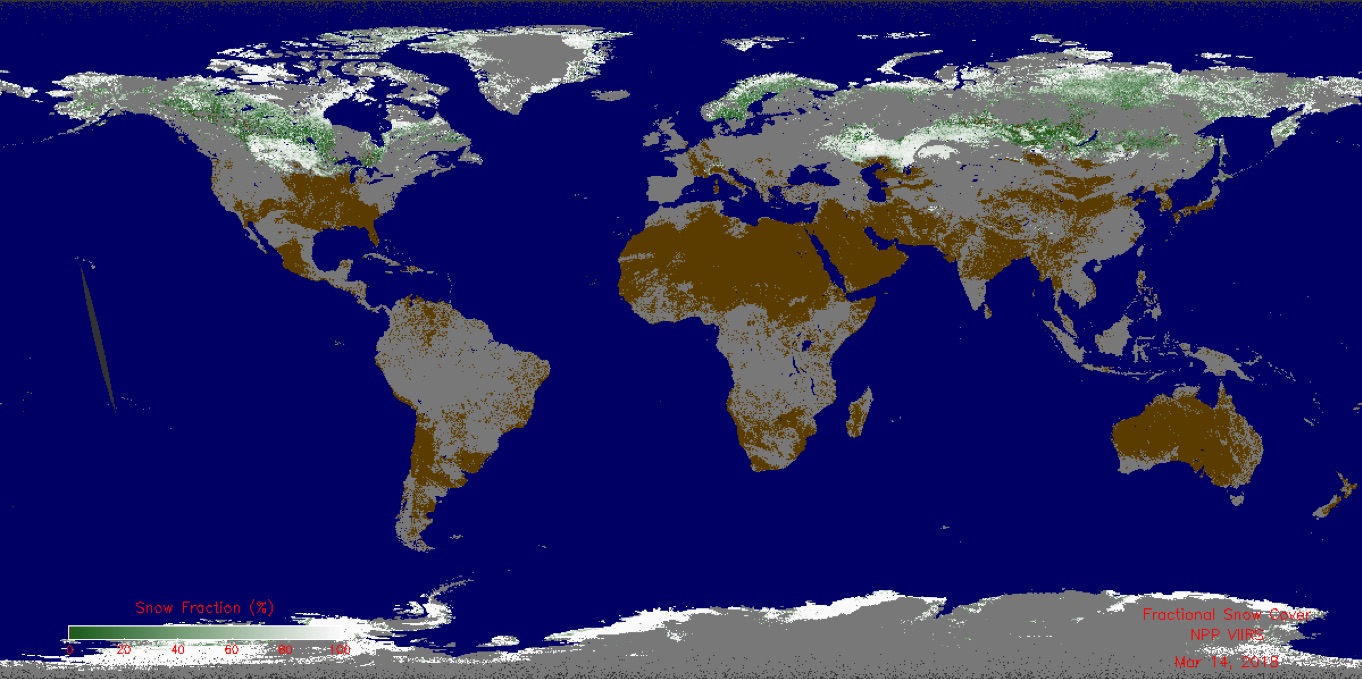
[ Archive ]

 |
CIMSS-NOAA Weekly Report [ Archive ] |
 |
ASPB AND CIMSS WEEKLY HIGHLIGHTS FOR THE WEEK ENDING MAY 18, 2018
IN THE PRESS:
SSEC and CIMSS Scientists in the News: Scientists at the University of Wisconsin-Madison (UW) Space Science and Engineering Center (SSEC) and the Cooperative Institute for Meteorological Satellite Studies (CIMSS) provide expert commentary, interviews, and imagery to news media. In the news this week: 1) SSEC and the UW-Madison Department of Atmospheric and Oceanic Sciences are collaborating to conduct research aimed at better understanding the Earth’s atmosphere by using an ultralight aircraft for data collection (https://go.wisc.edu/48d872, http://www.ssec.wisc.edu/news/articles/10854); 2) NOAA scientist Mike Pavolonis has been a featured expert who can talk about how satellites detect lava and volcanic gases in light of the Kilauea eruption (https://experts.news.wisc.edu/); 3) The Wisconsin State Journal and the Milwaukee Journal Sentinel posted stories featuring this year's AOSS Photo Contest entries that showcase how atmospheric scientists view the natural world through the lens of a camera (https://go.wisc.edu/vf01nq; https://go.wisc.edu/dr15sh). (J. Phillips, SSEC, 608-262-8164)
 (Click image to enlarge)
(Click image to enlarge)
Figure caption: The winning entry of the 2018 AOSS Photo Contest, Touch the Sky, was submitted by Kelton Halbert, of the UW-Madison Department of Atmospheric and Oceanic Sciences. The photo was taken south of Dodge City, Kansas on May 24, 2016.
ITEMS FOR THE ADMINISTRATOR:
ITEMS FOR THE ASSISTANT ADMINISTRATOR:
ITEMS FOR THE OFFICE DIRECTOR, STAR:
Support for Kilauea Eruption Response: Major activity at the Kilauea volcano in Hawaii continued during the week of 13 May 2018, resulting in a variety of hazards. In response to a request from the National Weather Service (NWS), specialized geostationary and low earth orbit satellite imagery and expert interpretation were provided to the NWS Pacific Region in support of their effort to warn the public about ash fall and volcanic gas hazards. The relevant imagery and expert interpretation were disseminated via email and a web tool (http://volcano.ssec.wisc.edu/blog/). The ongoing Kilauea eruption clearly illustrates the need to utilize multiple sources of satellite data, in combination with non-satellite data sources (e.g. radar and cameras), to extract information that is critical for protecting lives and property. No single measurement type can adequately address the volcanic hazard problem, so a multi-sensor approach is absolutely necessary. (M. Pavolonis, E/RA2, 608-263-9597, Mike.Pavolonis@noaa.gov)
Enterprise Algorithm Migration Preliminary Design Review: A Preliminary Design Review (PDR) for a project that will define Enterprise algorithms for fire and snow products was held on May 16, 2018. One of the two snow algorithms being considered is currently used to generate the Enterprise VIIRS snow fraction product. The other snow fraction algorithm is currently used for the Advanced Baseline Imager (ABI), called "GOES-R Snow Cover and Grain Size" (GOESRSCAG). Peter Romanov and Jeff Key described the algorithms currently implemented, their products, and users, and then explained how the teams will select, modify, or formulate the final enterprise algorithm. Cooperative Institute for Meteorological Satellite Studies (CIMSS) scientists Yinghui Liu and Aaron Letterly also participated. (J. Key, E/RA2, 608-263-2605, jeff.key@noaa.gov)
 (Click image to enlarge)
(Click image to enlarge)
Figure caption: VIIRS snow fraction.
ITEMS FOR THE DIVISION CHIEF, CoRP:
Presentation to Virtual Alaska Weather Symposium: On 16 May 2018, Jordan Gerth of the Cooperative Institute for Meteorological Satellite Studies (CIMSS), gave a presentation on the Geostationary Operational Environmental Satellite R-Series (GOES-R) as part of the Virtual Alaska Weather Symposium (VAWS). The Alaska Center for Climate Assessment and Policy (ACCAP), Geographic Information Network of Alaska (GINA), and National Weather Service (NWS) organize VAWS, which remotely hosts a different presenter each month. The title of his presentation was “New capabilities, opportunities, and challenges using GOES-17 in Alaska”. After his presentation, Jordan entertained questions from scientists and operational meteorologists with Tim Schmit of STAR. The presentation can be found at https://accap.uaf.edu/VAWS_GOES17. (J. Gerth, CIMSS, 608-263-4942)
CIMSS Symposium on In-house Modeling Activities: On 16 May 2018 the Cooperative Institute for Meteorological Satellite Studies (CIMSS) hosted a symposium wherein eight CIMSS researchers presented summaries of their work related to using satellite data toward depiction of the atmospheric state and forecasting it in the future. The scope of modeling work included air quality applications, thunderstorm genesis, object-based verification methods, cloudy radiance assimilation, CrIS data thinning, 4DVAR, and polar wind evaluations, (P. Menzel, CIMSS, 608-263-4930, paulm@ssec.wisc.edu)
VISITORS:
NEXT WEEK:
LOOKING AHEAD:
| Archived Weeklies Page | Submit a report item |